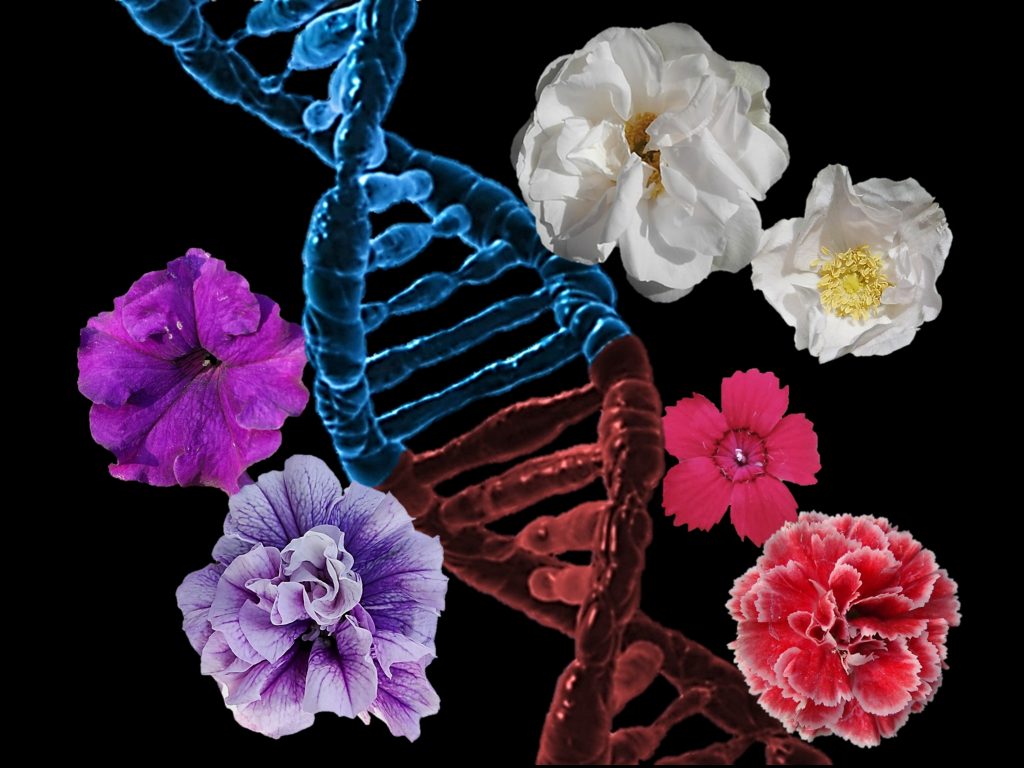
There are still many questions on how plants function and develop, and the more we come to understand what lies at the basis of the many processes in place in species of agronomic and economic value, the more we could improve their cultivation practices, also in anticipation of a world where climatic conditions will inevitably change.
Using genomic sequencing techniques it is possible to answer pending questions regarding crops of local interest, as it is being done in the RECUPEVO project for the recovery of the Lombard ecotype “Peperone di Voghera“. This is a pepper known for its sweet citrine fruits is considered an excellence of the Lombardy region in Italy. In recent years, in an undesired turn of events, the variety has begun to produce extremely spicy fruits. Using targeted resequencing techniques, the gene variants responsible for the lack of capsaicin in the Voghera pepper are being investigated, to allow for the development of molecular markers useful for maintaining the purity of this ecotype.
The study of the effect of mutations in particular genes on traits of agronomic interest, under controlled conditions, received a boost with the advent of an innovative technique called CRISPR-Cas9. It is now possible to study the effect of a mutation on plant development in a targeted manner, and this could include ability of the organism to resist environmental or biotic stress. Owing to information available in the literature for other species, or by taking advantage of genetic studies suggesting the involvement of a certain candidate gene in a process, it is possible to induce targeted mutations in cultivated species and then evaluate any agronomic benefits in the resulting plants. With this in mind, CNR-IBBA collaborates with CREA-GB in the study of the effect of mutations in genes of interest in horticultural varieties such as eggplant and tomato. The studies concentrate on genes known to lead to parthenocarpy, and therefore to seedless varieties, but also on candidate genes responsible for anthocyanin pigmentation or genes involved in the response to water stress or in interaction with pathogens.
Other sectors of agriculture also benefit from basic functional genomics research studies. Floriculture has a multi-billion dollar turnover worldwide and is always looking for new products for the market. As for food crops, over the millennia humans have applied selective pressure also on the flowering plants they grew for aesthetic reasons, in a domestication process that has favored alterations in characters such as flower shape and color, and in some cases the ability to bloom multiple times a year. Occasional mutations in the genome led to the emergence of traits not necessarily advantageous to the plant in the wild, but once judged as precious rarities by humans, they have been cared for, propagated and hybridized to give rise to the plethora of ornamental varieties we are used to today. This is the case of the PETALOSA genes identified by CNR-IBBA in collaboration with the University of Milan in peach, rose, carnation and petunia: alongside plants with an “original” 5-petal flower, many “double flower” varieties are available, all with natural origins. Their study allowed to associate their “petalosity” with mutations in genes encoding particular euAP2 transcription factors, named PETALOSA, active in determining the number of flower parts. The identified mutations deprive the genes of their terminal part, which harbors an important regulatory portion: the binding site for the “miR172” micro RNA, normally limiting their activity. To demonstrate that mutations of this type are indeed capable of causing the formation of double flowers even in laboratory conditions, CRISPR-Cas9 gene editing techniques were applied also in this case to induce mutations at the miR172 binding site in a PETALOSA gene of tobacco, which led to an increase in flower and petal parts. This information offers important knowledge for obtaining new ornamental varieties in the near future.
Author: Stefano Gattolin